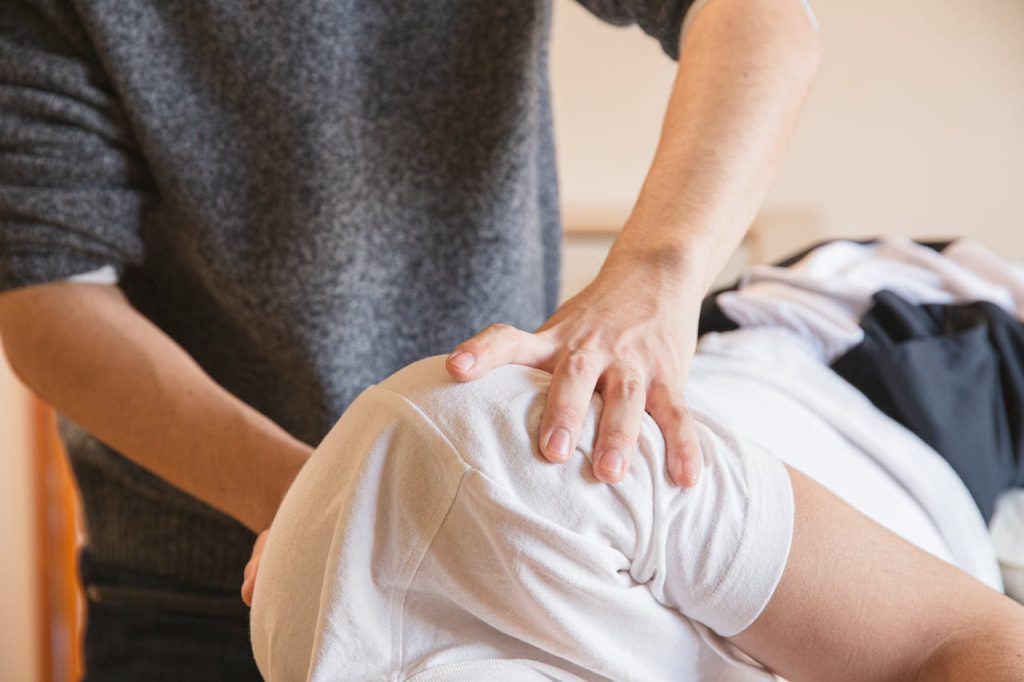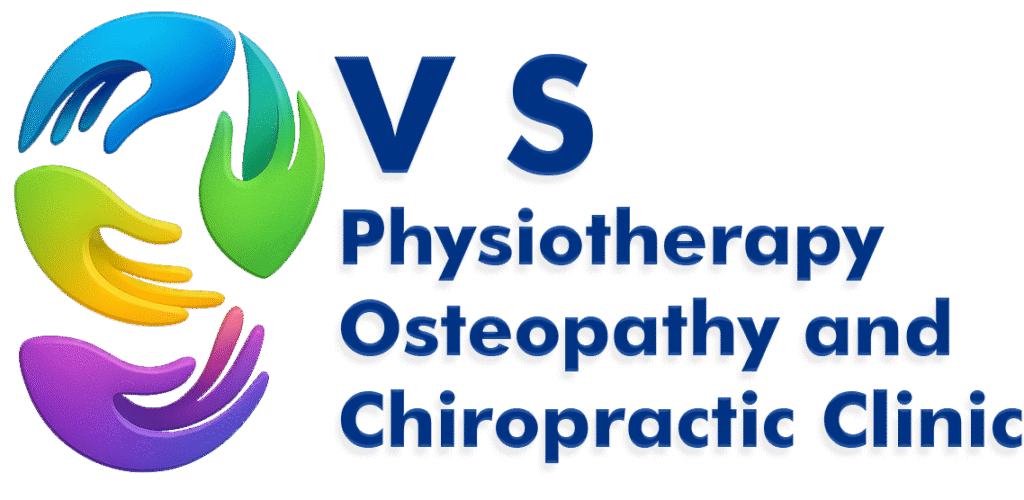
Many people notice joint pain gets worse when it gets cold. If you search for “Joint Pain in Cold Weather” you will find lots of general advice. This article explains why cold weather can increase joint pain and gives practical mobility exercises that are safe for people with arthritis. The goal is to reduce stiffness and improve movement so you can stay active through the colder months.
Why joint pain often increases in cold weather
Here are the main reasons people feel more joint pain when the temperature drops.
- Barometric pressure changes
When air pressure drops before storms or in cold weather, tissues around joints may change slightly in volume. For people with arthritis this can increase pressure inside the joint and make pain and stiffness worse. Scientific reviews show associations between weather factors and osteoarthritis symptoms. - Reduced blood flow and stiffer muscles
Cold makes small blood vessels constrict to protect core body temperature. Less blood flow to hands, knees and feet can make muscles and soft tissue stiffer and more sensitive to movement. - Thicker joint fluid and reduced lubrication
Lower temperatures can change the viscosity of synovial fluid. Thicker fluid and tighter surrounding tissues make joints feel stiff and harder to move. - Less activity, more stiffness
Shorter days and cold weather often reduce daily activity. Reduced movement leads to weaker muscles and less joint support, which increases pain when you move again. - Humidity, pollution and other triggers
Higher humidity and air pollution can also play a role in how people experience joint pain during colder months. Local factors such as smog or indoor heating may change symptoms for some people.
What research and experts say
Multiple studies and respected organizations report a link between weather changes and joint symptoms, especially for osteoarthritis. While not everyone reacts the same, many patients notice a clear pattern. Evidence suggests temperature, humidity and barometric pressure can affect pain levels.
Practical tips to reduce joint pain in cold weather
These are easy, effective measures you can start today.
- Stay warm: Dress in layers, use gloves for hand arthritis, warm socks and knee sleeves for lower-limb pain. Warmth reduces muscle tightness and improves comfort.
- Keep moving: Short, regular activity prevents stiffness. Aim for gentle movement every hour if you sit for long periods.
- Use heat therapy: A warm shower or heat pack before activity loosens tissues. Use cold packs only after a flare with swelling.
- Maintain vitamin D and hydration: Less sun in winter can lower vitamin D, which affects bone and muscle health. Consider checking levels with your doctor.
- Control weight and stay active: Even small weight changes affect load on weight-bearing joints like knees and hips. Regular low-impact exercise helps.
- Air quality matters: On high pollution days, avoid heavy outdoor activity if you have inflammatory arthritis.
Mobility exercises for arthritis patients
Below are safe, low-impact exercises to do at home. Always check with your physiotherapist before starting. Start gently and stop if you feel sharp pain.
Guidelines before you start
- Warm for 5 minutes first: march on the spot, do gentle shoulder rolls, or take a warm shower.
- Perform exercises slowly and with control.
- Aim for 1–2 sets of each exercise, 8–12 repetitions, once or twice daily as tolerated. Reduce reps if pain increases.
- Use a chair for balance. If you have severe pain, consult VS Physiotherapy first.
1. Ankle pumps (for lower limb stiffness)
- Sit or lie down. Point toes away from you then pull toes back toward you.
- Repeat 10–15 times. Helps circulation and ankle mobility.
2. Heel slides (knee mobility)
- Lie on your back, bend one knee and slide the heel toward your buttocks, then slowly slide it back.
- Keep motion smooth. Repeat 8–12 times.
3. Seated knee extensions (quad strength)
- Sit on a chair. Slowly straighten one knee until the leg is level, hold 2 seconds, then lower gently.
- Repeat 10 times each leg.
4. Hip marches (hip mobility and core)
- Sit tall, lift one knee a little as if marching, lower and repeat with the other leg.
- Do 10 marches per side.
5. Standing calf stretch (reduce calf tightness)
- Stand facing a wall. Step one leg back and press heel down until you feel a stretch in the calf. Hold 20–30 seconds. Repeat 2 times per side.
6. Shoulder pendulum (for shoulder stiffness)
- Lean forward, let the arm hang and gently swing in small circles for 30 seconds. Switch direction.
7. Wrist and finger bends (for hand arthritis)
- Make a gentle fist then slowly open fingers fully. Do 10–15 reps. Use a soft ball for gentle squeezing if tolerated.
8. Sit-to-stand (functional strength)
- From a chair, stand slowly and sit back down without using hands if possible. Start with 6–8 repetitions. Builds thigh and hip strength.
Modifications and safety
- If an exercise causes sharp or increasing pain, stop and consult your physiotherapist.
- Use a cushion or folded towel for knee comfort when lying down.
- Progress gradually: add 1-2 reps per week if pain stays stable.
When to see a physiotherapist or doctor
Make an appointment if you have:
- Sharp, worsening pain or sudden swelling.
- Reduced walking ability or frequent falls.
- Fever with joint pain or red, hot, very swollen joints.
- Pain that stops you from daily activities despite home care.
How VS Physiotherapy Osteopathy Center and Chiropractic Clinic can help
At our clinic in Kalyanpur, Lucknow, we offer:
- Individual physiotherapy and exercise programs for arthritis
- Manual therapy and joint mobilization to reduce stiffness
- Tailored home exercise plans and heat/cryotherapy guidance
- Osteopathy and chiropractic assessment for mechanical causes
Clinic details
- VS Physiotherapy Osteopathy Center and Chiropractic Clinic
- C-18 Kalyanpur (West) Front Of SRM (TATA) Motors Mazar waali Gali, Tedhi Pulia Ring Rd, Lucknow, Uttar Pradesh 226022
- Phone: 070079 32170
Call or WhatsApp us to book a consultation. Early guidance prevents winter flare-ups and helps you stay active and independent.
Cold weather does not have to mean more pain. With the right warm-up, regular mobility exercises, and local professional help, many people with arthritis stay mobile and comfortable through the season. If your pain is getting worse, reach out to VS Physiotherapy and we will create a safe exercise plan tailored for you.
